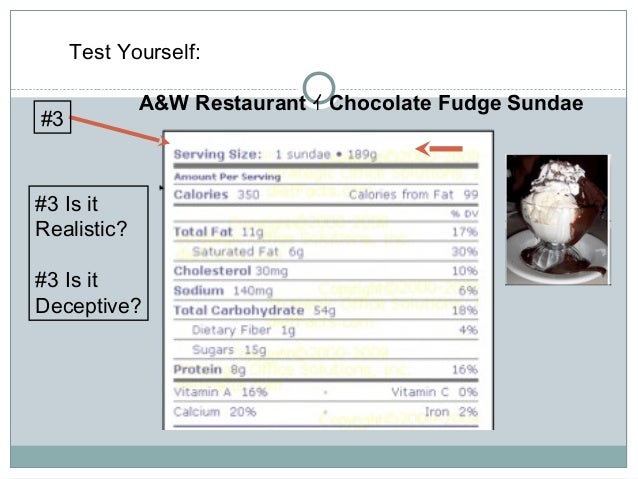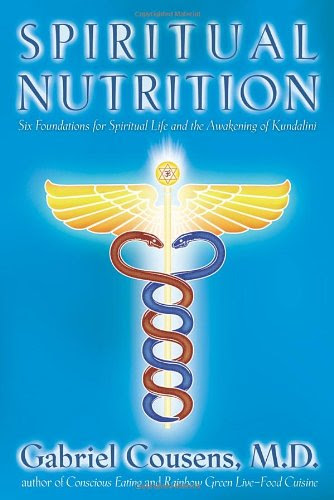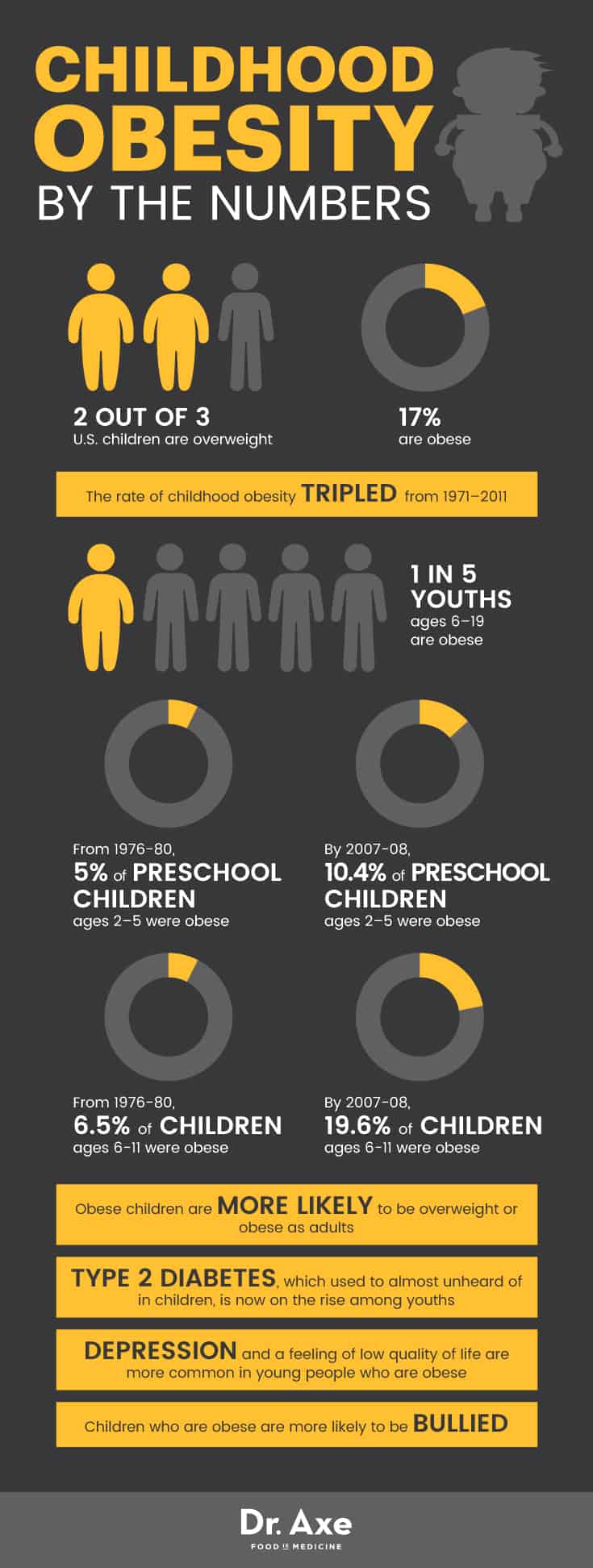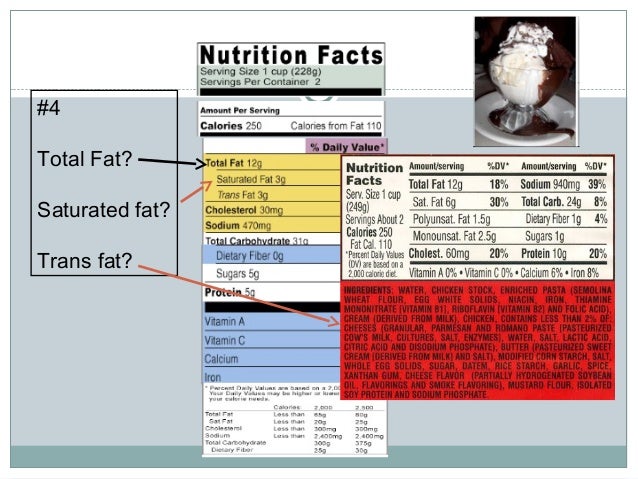42 reading food labels for weight loss
Learn How to Get the Most Information from Food Labels This makes calories easy to look for when reading food labels for weight loss or healthy eating. Nutrients The following nutrients are shown on the Nutrition Facts label: • Total Fat - Saturated Fat - Trans Fat • Cholesterol • Sodium • Total Carbohydrates - Fiber - Total Sugar - Includes added sugar • Protein • Vitamin D • Calcium • Iron Reading Nutrition Labels after Bariatric Surgery Just after weight loss surgery, you'll need to eat less than 50 grams of carbohydrates per day. This number can increase gradually for patients of bypass, band and sleeve, but will remain indefinitely after DS surgery. ... Now that you know how to read food labels, you can use them to ensure that the foods you eat will fit your bariatric ...
Deciphering Labels for Weight Loss - Delight Medical and Wellness Center If the first item is sugar, that is a good indication that this may not be the best snack. Reading food labels can be a big boost to you and your medical weight loss progress as you get lipotropic injections in Los Angeles. You may be very surprised at first at how many seemingly healthy items are actually hiding plenty of sugar and fat.

Reading food labels for weight loss
How to read Nutrition labels and why they are important If your label has 20g of fat, 50g of carbs and very little protein, avoid it! Each meal should reflect all macronutrients (protein, carbs and fats) and have a good balance. Think Protein 40%, Carbs 40% and fats 20%. Try to eat at least 1g of protein for every pound that you weigh. (i.e, if you weigh 150 pounds, try to eat 150g of protein). How To Read Food and Beverage Labels | National Institute on Aging For more information about food labels USDA MyPlate 703-305-2060 U.S. Department of Health and Human Services 877-696-6775 U.S. Food and Drug Administration 888-463-6332 druginfo@fda.hhs.gov This content is provided by the NIH National Institute on Aging (NIA). How To Read The Food Labels for Weight Loss - Sarah Williams Nutrition When looking at a food labels, it is important to look at the big picture of protein, carbs and fats in a food. A food (such as peanut butter) may look like a good source of protein at first (7grams), but when you look at the grams of fat and carbohydrates in the food, protein is actually the lowest.
Reading food labels for weight loss. How to read food labels | UF Health, University of Florida Health Whole-grain breads, fruits and vegetables, and beans and legumes are high in fiber. Food label guide for whole wheat bread Check the total fat in 1 serving. Pay special attention to the amount of saturated fat in 1 serving. Choose foods that are low in saturated fat. For example, drink skim or 1% milk instead of 2% or whole milk. How to Read Food Labels Without Being Tricked - Healthline Nutrition labels state how many calories and nutrients are in a standard amount of the product — often a suggested single serving. However, these serving sizes are frequently much smaller than what... How to read food labels: MedlinePlus Medical Encyclopedia Whole-grain breads, fruits and vegetables, and beans and legumes are high in fiber. Check the total fat in 1 serving. Pay special attention to the amount of saturated fat in 1 serving. Choose foods that are low in saturated fat. For example, drink skim or 1% milk instead of 2% or whole milk. Skim milk has only a trace of saturated fat. Reading Food Labels For Weight Loss Success | WeightLoss.org The labels are here to your rescue. Some food labels have even taken on a color-coding scheme. Green means good to go for weight loss success. Yellow will mean proceed with caution. Red is a definite pass right on by and don't drop the item into the shopping basket. These color codes are based on a wide variety of factors.
How to Read Nutrition Labels for Weight Loss and Health Find out which are the best weight loss drinks. Fats and oils Choose oils and spreads made from olive, canola, peanut, soy, sunflower or safflower. Dairy products (excluding cheese) less than 3g total fat per 100g less than 1.5g saturated fat per 100g Cheese Buy the variety with least fat and sodium per 100g. Meat, chicken, fish, nuts, legumes How to Read Food Labels to Support your Health and Weight Loss Journey ... The percentage isn't a "one size fits all" number and shouldn't be taken at face value - instead, focus on the ingredients and nutrients on the food label. "A typical food label is based on a 200-pound male who eats 2,000 calories a day," says Dr. Otarod. "For someone that eats less than 2000 calories a day, the percentage would change." Sugar Reading Food Labels | ADA - American Diabetes Association The Nutrition Facts labels on foods are really the key to making the best choices. We'll cover the basics so that these labels make shopping easier for you. You've heard it all. From carb-free to low-carb, to whole and empty carbs, it's hard to know what it all means. Blood sugar highs and lows aren't always easy to understand. Learn How to Read Food Labels for Weight Loss | Diet Doc Multiply the serving size by the actual amount you consumed to figure out the nutritional value of what you actually ate, not what the serving size suggested. Learning how to read food labels is imperative to understanding nutrition facts and how to choose the healthiest options, especially if you are trying to lose weight.
Differences in consumer use of food labels by weight loss strategies ... Methods. We analyzed the Consumer Behavior Module in the National Health and Nutrition Examination Survey 2007-2010 among adults (N = 9,690).For each of the outcome variables - use of packed food and fast food menu labels - multiple logistic regressions were used to adjust for potential differences in population characteristics by weight loss activities and demographic characteristics. How to Read Nutrition Labels For Weight Loss - YouTube COMPLETE INTERMITTENT FASTING PROGRAM: to Read Nutrition Labels F... How to read food labels Information | Mount Sinai - New York This number is important for people who are trying to get less salt in their diet. If a label says that a food has 100 mg of sodium, this means it has about 250 mg of salt. You should eat no more than 2,300 mg of sodium per day. This is the amount of sodium that is in 1 measuring teaspoon of table salt. Understanding Food Labels: A Guide for People That Want to Lose Weight Look at the amounts circled in orange in the footnote-these are the Daily Values (DV) for each nutrient listed. DVs in the footnote are based on a 2,000 or 2,500 calorie diet which are the recommended levels of your daily intakes. 6. Quick Guide to Percent Daily Value. 5%DV or less is low and 20%DV or more is high.
How To Read a Nutrition Label for Bariatric Surgery & Weight Loss The longer the list, the more likely the food is highly processed. STEP 1 Look at servings per container. If this number is more than one, and you plan on eating the entire package, you must multiply all the information (calories, protein, carbohydrates, fats, etc) by that number. STEP 2 Determine the serving size.
Reading Nutrition Labels for Weight Loss - Roundabout Meal Prep Step 1: Start at the Top of the Nutrition Label Step number one is to start at the top of the label and check the serving size of the food item. This is one of the most important parts of the label to check because this can quickly change the actual amounts on this label. Many times, labels will say that one serving is only half the item.
How Reading Food Labels Can Help You Increase Fat Loss, Have More Energy and Feel Healthy for Life
How To Read Nutrition Labels For Weight Loss And For General Health Avoiding high-fructose corn syrup is a must for weight control, but it is labeled not just as high-fructose corn syrup or HCFS but also as isoglucose, glucose-fructose syrup / glucose/fructose, maize syrup, high-fructose maize syrup, or corn sugar. All of these ingredients are foods to eat in small quantities very seldom or never at all.
Learn How To Read A Nutrition Label And Lose Weight Nutritionists recommend you opt for breads and cereals containing no more than 10g sugar per 100g. Cereals containing dried fruit should contain no more than 20g sugar per 100g. The NHS recommends limiting added sugars (including honey) to 30g a day, or no more than 5% of your daily calorie intake.
A proven tool for losing weight: Reading food labels PULLMAN, Wash.-Diet and exercise have long been the top two elements of effective weight loss. Now add a third: reading the labels on packaged foods. Washington State University Economist Bidisha Mandal has found that middle-aged Americans who want to lose weight and who take up the label-reading habit are more likely to lose weight than […]
PDF MOVE! Nutrition Handout N10: How to Read a Nutrition Facts Label Understanding what the Nutrition Facts Label means can help you make smart food choices that are best for your health. 1 Serving Size & Servings Per Container We're used to saying "portion" or "helping" when we talk about how much we eat."Serving size" is the official term used on food labels. Nutrition facts given on the food ...
Label reading 101 - Healthy Food Guide Food packaging labels can be a small-print minefield of numbers, nutrients and ingredients. But fear not as HFG helps you decode them! You're standing in the supermarket aisle looking for a wholegrain loaf of bread. There are 12 types staring back at you and you have no idea which one to choose. ... Weight-loss tools
Look For This On A Nutrition Label If You're Trying To Lose Weight Sodium. Sodium can cause the body to retain water, making the number on the scale appear much higher than it might actually be. If you want to avoid the dreaded water weight, look for less than ...
Reading Nutrition Labels For Weight Loss - Fit Me Solution Try to limit your intake of foods that include added sugars. Examples of added sugars include corn syrup, fructose, glucose, maple syrup, and sucrose. All these sugars do is add calories to your diet without adding any nutritional benefits. You might notice that there are very few foods now that don't have corn syrup in some capacity.
How To Read The Food Labels for Weight Loss - Sarah Williams Nutrition When looking at a food labels, it is important to look at the big picture of protein, carbs and fats in a food. A food (such as peanut butter) may look like a good source of protein at first (7grams), but when you look at the grams of fat and carbohydrates in the food, protein is actually the lowest.
How To Read Food and Beverage Labels | National Institute on Aging For more information about food labels USDA MyPlate 703-305-2060 U.S. Department of Health and Human Services 877-696-6775 U.S. Food and Drug Administration 888-463-6332 druginfo@fda.hhs.gov This content is provided by the NIH National Institute on Aging (NIA).
How to read Nutrition labels and why they are important If your label has 20g of fat, 50g of carbs and very little protein, avoid it! Each meal should reflect all macronutrients (protein, carbs and fats) and have a good balance. Think Protein 40%, Carbs 40% and fats 20%. Try to eat at least 1g of protein for every pound that you weigh. (i.e, if you weigh 150 pounds, try to eat 150g of protein).












Post a Comment for "42 reading food labels for weight loss"